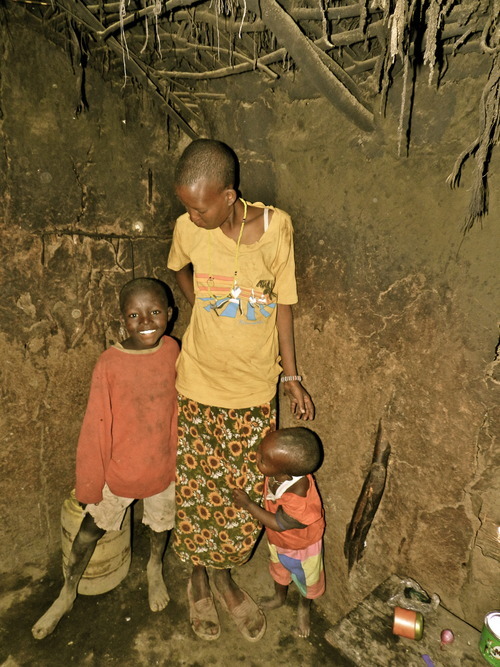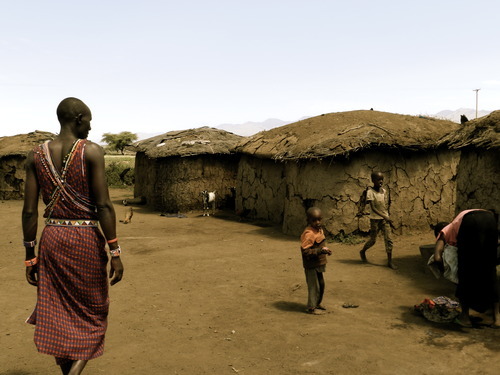
Given that 100% of the students at Iltilal Primary School are Maasai, I wanted to visit one of the villages to get a sense of what their homes looked like. This is actually much more important to us that idle curiosity, as to properly understand the needs of a library, we need to understand what home life is like. For example, is there a comfortable place to study and read? Where do they do their homework? Is their power for electricity and lighting once the sun sets? Are there numerous distractions?
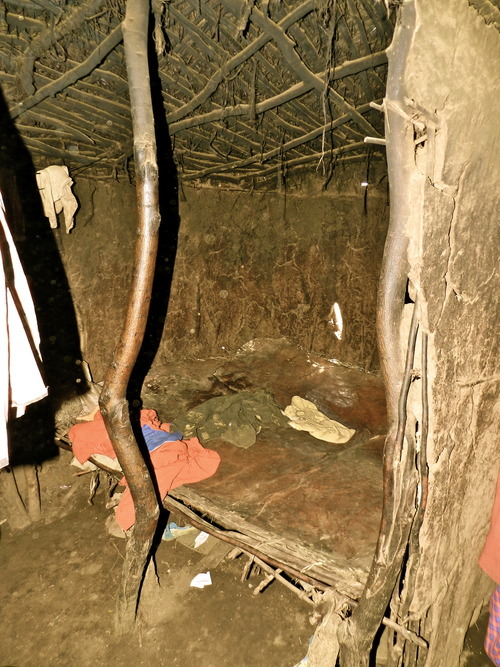
The first point I want to emphasize is that this is technically not what it looks like inside a Maasai hut. That is because you actually can’t see anything. It is more or less pitch black inside, so all of these images were a surprise to me (the flash of my camera did allow some immediate insight) until I was able to look at the images later. Keeping in mind that this is during broad daylight, these photos are incredibly valuable to me in terms of designing our library program.
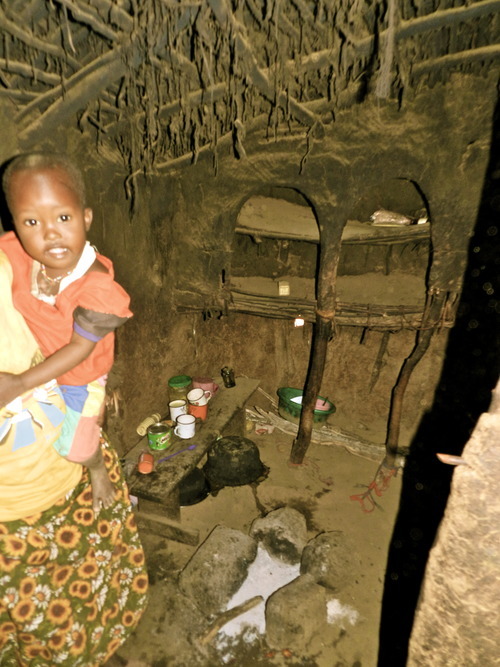
What is evident is that in the best case scenario, a students studying hours are limited to the time between sunrise and sunset (roughly 6am to 6pm). After 6pm, there is no light for students to read or write. Even during these hours, a student would have to study outdoors, as it is too dark inside, even with the aid of a fuel lantern (which most families cannot afford anyway).
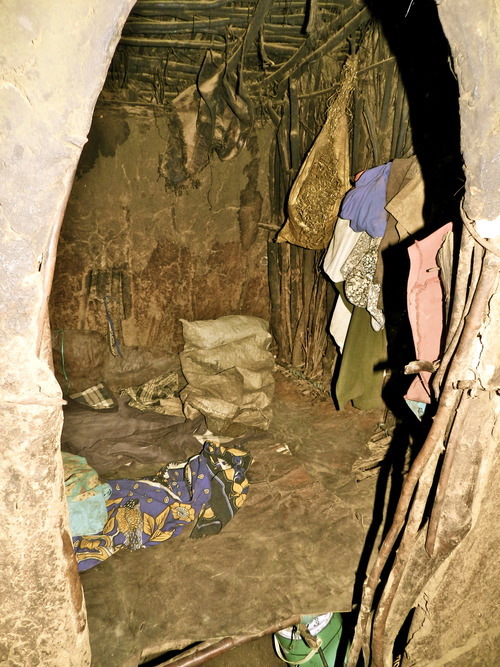
This power and lighting handicap tells me that for Iltilal Primary school, we need to consider a few critical things if we want the students studying and reading. One is extended hours in the library (with adequate lighting) until 8pm or so. The other is extended lending time of books, as it will likely take students longer than 3-5 days (common lending times at other schools) to finish a book even if they are taking advantage of all daylight hours available outside school.
